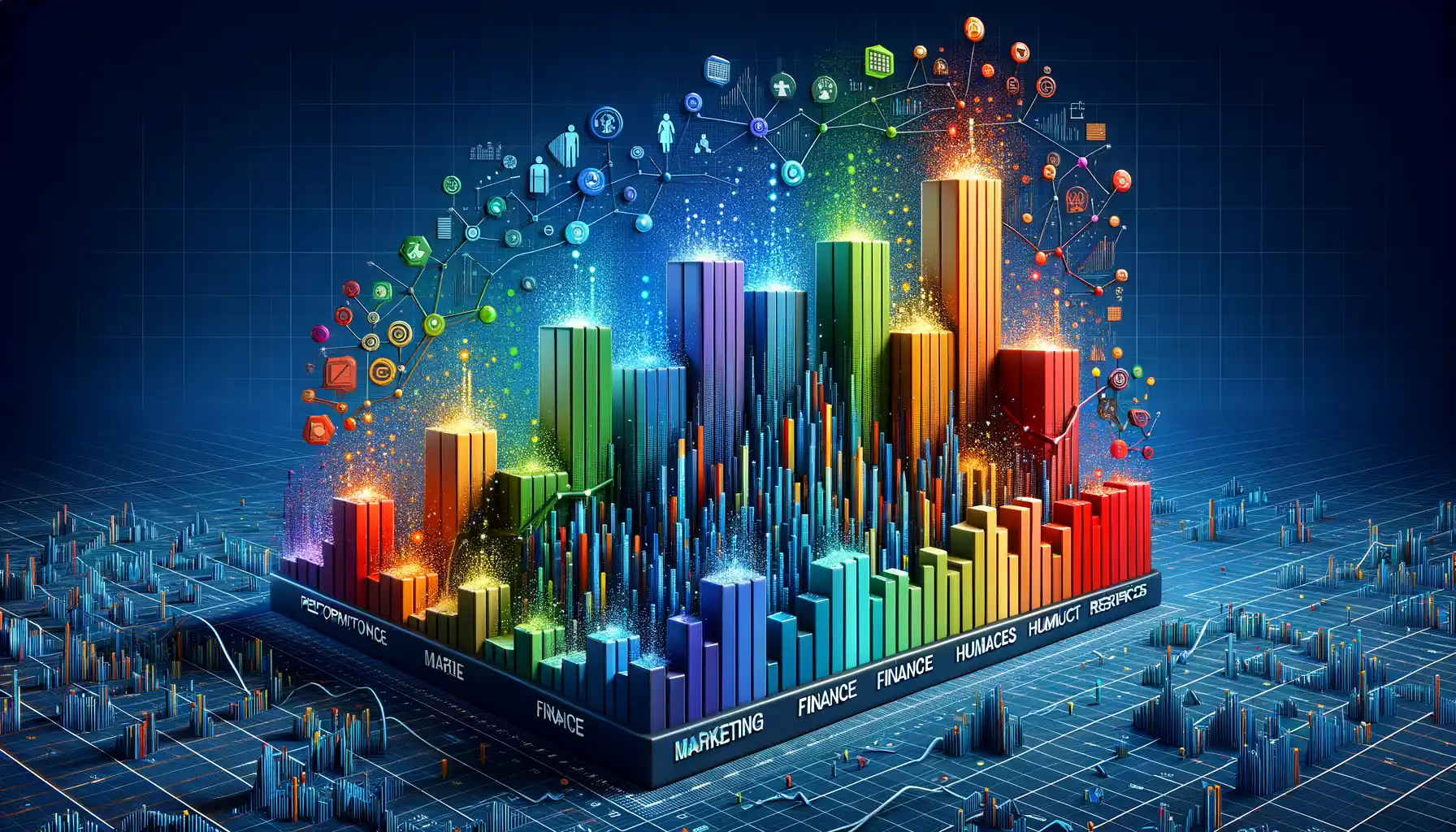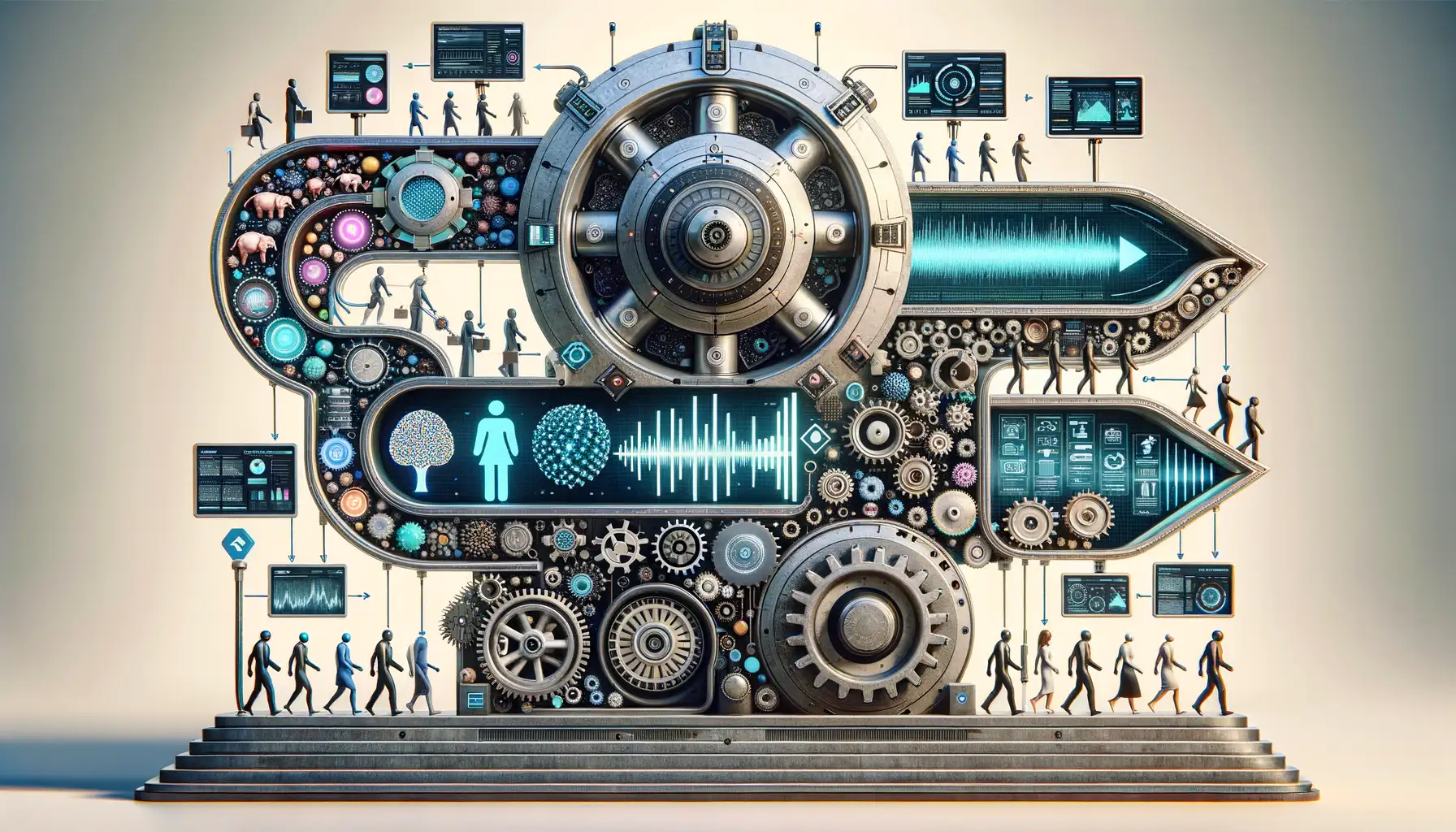The Evolution of Big Data in Sports
A Game-Changer Decades in the Making
Imagine sports without data—just raw grit and talent on display. That was the scene for most of the 20th century. Coaches relied on scribbled notes, stopwatch readings, and gut instincts. But as time wore on, something remarkable began to shift. The digital revolution kicked open the door, and with it came the *first whispers* of big data.
The early 2000s marked a tipping point. Remember when Billy Beane’s “Moneyball” approach disrupted baseball? That wasn’t just a quirky experiment—it was the dawn of analytics reshaping sports. And today? Big data is like oxygen in the world of athletic performance.
- GPS trackers, tucked into players’ jerseys, now record every sprint and stumble.
- Video analysis tools dissect movements down to milliseconds.
- Wearable sensors monitor stress levels, heart rates, and even how well athletes sleep.
The Human Side of Numbers
But here’s where it gets fascinating: it’s not just numbers for numbers’ sake. Big data allows us to weave together stories of human triumph. For instance, Didier Drogba’s dramatic resurgence during Chelsea’s Champions League victory in 2012? Beneath the drama lay stacks of analyzed performance data feeding real-time coaching decisions.
Big data hasn’t just evolved—it’s revolutionized how we experience sports, turning what once felt instinctual into an extraordinary mix of science and art.
Key Applications of Big Data in Performance Analysis

Revolutionizing Player Performance with Big Data
Big data is the secret sauce behind athlete transformations. Imagine this: you’re watching your favorite player, but behind every sprint, jump, or pass, there’s a world of numbers shaping their game. With tools like GPS trackers, wearable sensors, and advanced algorithms, coaches no longer rely on instinct alone—they have the power of precise, data-driven storytelling.
Here’s where big data shines the brightest:
- Injury Prevention: Data can predict when an athlete’s body is on the brink of burnout. By tracking metrics like heart rate variability and muscle fatigue, teams can stop injuries before they happen.
- Skill Optimization: Think about a golfer perfecting their swing or a basketball player improving their free throw. Big data breaks down movements into micro-steps, revealing inefficiencies invisible to the human eye.
This isn’t just about creating better athletes—it’s about unlocking their full potential, one data point at a time.
Sharper Strategy, Smarter Decisions
When it comes to on-field strategy, big data acts like a chess master predicting moves. Coaches analyze passing networks, opponents’ defensive gaps, and even weather patterns. Wondering how that underdog team pulled off an upset last weekend? It might just be thanks to a deep dive into opponent data.
Take, for example, soccer. Heatmaps of player positioning can show if a star striker is drifting too wide or not exploiting key spaces. It’s detail overdrive, but these insights give teams an edge razor-sharp enough to change the entire flow of a match.
Big data isn’t just changing how athletes train—it’s reshaping how sports are played. While fans see magic on the field, the real magic often starts with a well-placed algorithm.
Challenges and Limitations in Big Data Utilization

Peeling Back the Layers of Complexity
Big data may feel like the magic wand of modern sports, but let’s not sugarcoat it—there’s a labyrinth of challenges hiding in the shadows. First up is the sheer overwhelming *volume*. We’re talking about processing terabytes or even petabytes of data pouring in from countless sensors, cameras, and devices. Imagine trying to drink from a firehose—that’s what analysts face daily.
And then there’s the little devil named data quality. Not all data is clean or useful. Raw data can be riddled with noise, gaps, or inaccuracies. Think of it like analyzing a game where half the players are wearing the wrong jerseys. How do you make sense of results when the inputs are flawed?
It’s also worth mentioning privacy—a growing ethical minefield. Athletes deserve respect for their personal metrics, don’t they? Balancing innovation and boundaries isn’t just tricky; it’s a moral imperative.
Case Studies: Success Stories in Sports Analytics

Breaking Records with Data-Driven Decisions
Imagine a coach holding not just a playbook, but an arsenal of insights that predict the next big win. That’s exactly what happened when the Golden State Warriors embraced data analytics. Their rise wasn’t just about talent—it was precision engineering, powered by numbers.
By analyzing player movement and shooting accuracy, they discovered the optimal spots on the court for high-percentage shots. The result? A record-shattering 73-win season in 2016. But it didn’t stop there. Real-time data helped adjust mid-game strategies, as if they had a crystal ball on the sidelines.
And it’s not just basketball benefiting from big data’s magic. In cycling, Team Sky revolutionized training plans. By monitoring everything from sleep patterns to pedaling efficiency, they ushered in the age of “marginal gains,” dominating races like the Tour de France.
- Athlete health: Predictive models cut injury risks by up to 30%.
- Game-winning plays: Heatmaps reveal patterns exploitable by coaches.
Sports are no longer just about heart and hustle; they’re ruled by algorithms and insights that reimagine the pursuit of greatness.
Future Trends in Sports Data and Analytics

The Rise of Real-Time Insights
Imagine this: a coach on the sidelines, tablet in hand, receiving precise, real-time updates about player fatigue levels, sprint speeds, and even mental focus. This is not a sci-fi movie scene—it’s where sports analytics is heading. One of the most exciting emerging trends is the integration of real-time data streaming. By combining wearable technology with advanced algorithms, teams can gain instantaneous insights to tweak strategies mid-game. For example, if a striker’s heart rate spikes or a defender’s reaction time slows, adjustments can happen on the fly. The days of watching game replays to figure out what went wrong? They’re heading for retirement.
AI: The Secret MVP
Artificial intelligence has already been a game-changer, but its future applications are jaw-dropping. Picture an AI assistant analyzing thousands of past games, predicting an opposing team’s plays based on patterns invisible to the human eye. Or even simulating alternate outcomes for critical moments, like penalties. Key developments include:
- Predictive injury modeling: AI will assess individual biomechanics to anticipate and prevent injuries.
- Hyper-personalized training: Custom workout plans for every athlete, generated by deep learning models.
- Fan engagement tools: Virtual reality experiences and live-data storytelling during games.
The possibilities aren’t just exciting—they’re reshaping the entire playing field. A team powered by AI won’t just compete; they’ll dominate.









